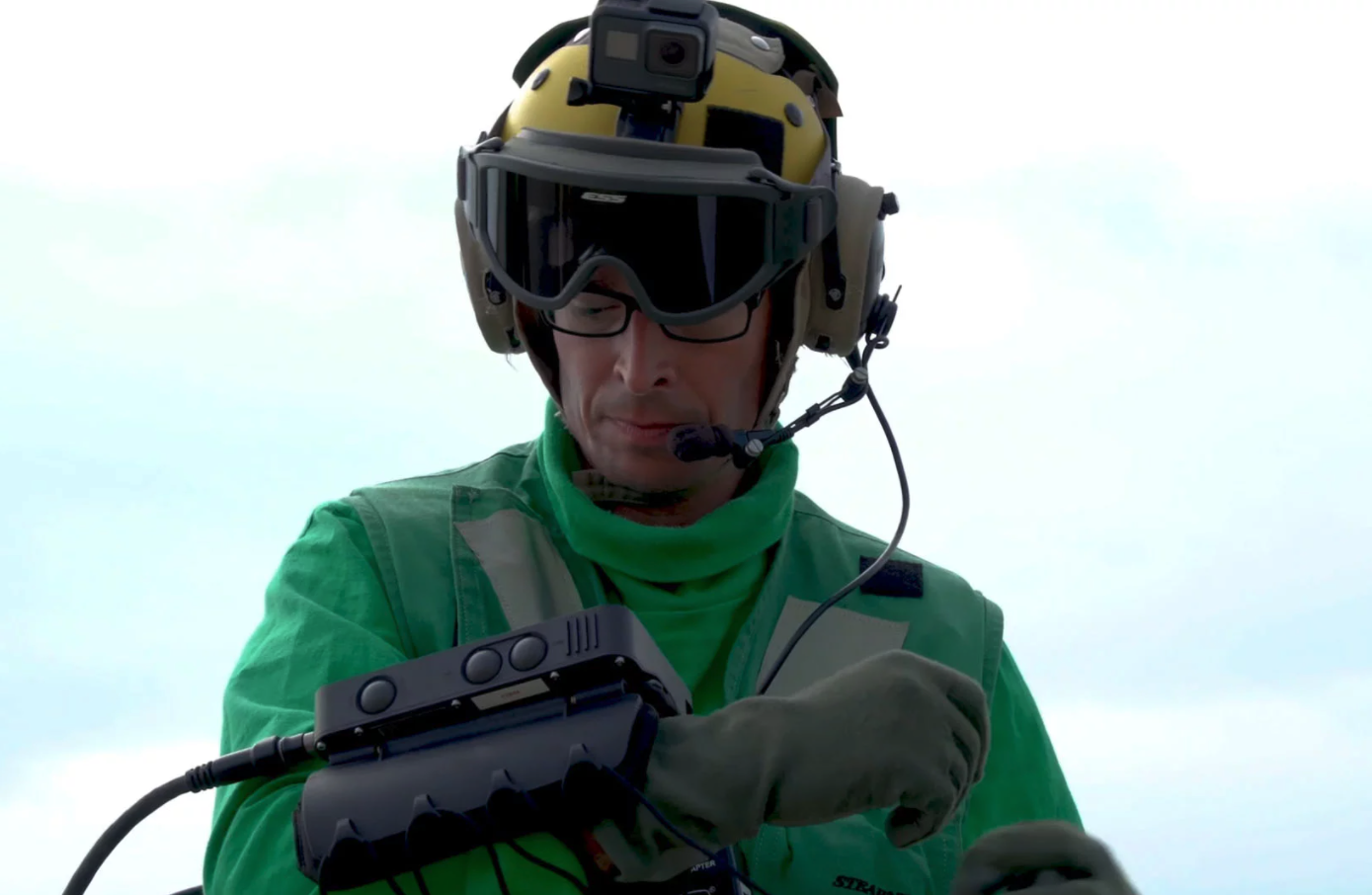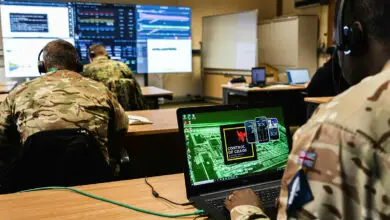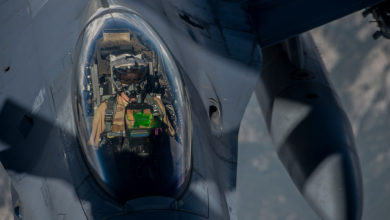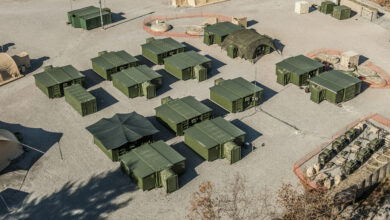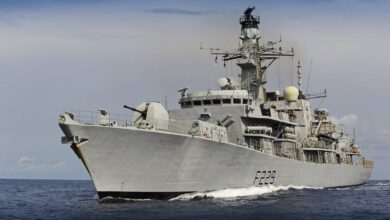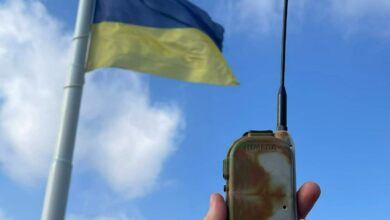SECO Tests New Stingray Unmanned Aerial Refueler Controller
Technology firm SECO USA has successfully demonstrated a new deck control device (DCD) for the MQ-25 Stingray unmanned aerial refueler.
The operator-worn DCD was tested during a multi-day simulation of carrier-based operations conducted at MidAmerica St. Louis Airport in Illinois with US Navy and Boeing officials in attendance.
The remote control is equipped with a waist-worn battery-operated processor unit, hand-held control grip, and an arm-mounted display unit. It also features a military-grade radio and an interface designed to improve aircraft handling.
SECO was responsible for the device’s operating system software, circuitry, and integrated critical subassemblies. It was developed according to strict technical requirements focused on safety and operational capability in harsh electromagnetic environments.
“Based on Boeing’s challenging concept and requirements for the DCD, we are excited to deliver a pioneering remote vehicle control solution,” SECO chief operating officer Tien Chuang said. “With the DCD design, SECO USA has demonstrated the value of bringing our cross-industry expertise.”

About the MQ-25 Stingray
Developed for the US Navy Carrier-Based Aerial-Refueling System program, the MQ-25 Stingray is a next-generation unmanned aircraft designed to help reduce the service’s reliance on F/A-18E/F combat strike fighters for refueling.
The aircraft can deliver up to 6,800 kg (15,000 lb) of fuel at a distance of over 900 kilometers (559 miles). It can refuel the EA-18G Growler, F/A-18 Super Hornet, and F-35C fighter jets.
According to SECO, the DCD used for MQ-25 Stingrays can endure the “complex nature” of an aircraft carrier deck. The developer also made sure to integrate a ruggedized set of air vehicle-mounted radios to meet the aircraft’s flight-worthiness specifications.
“Our goal is to ensure we are seamlessly integrating all components of the MQ-25 onto the carrier deck,” director for training aircraft and autonomous systems at Boeing, Rhiannon Sherrard, remarked. She added that the development of the new device is a “major step forward” for the company and the navy.

